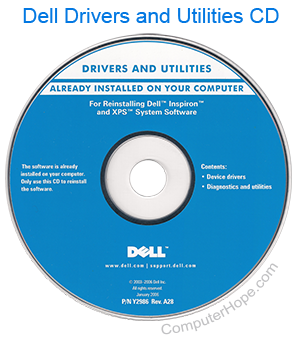Confused_nerd
Member
Previous thread
Okay, so I tried mint by live booting it (6gb RAM, 500 gb hdd). The booting takes some time(about 50-60 seconds), but for me even the old windows took that much time, so that's no problem.
Now, my printer, WiFi reciever and internet all seem to work well. I'm in love with it already!


I've decided to install linux full time, so I wanted to know if the difference between live boot and install?
I've read the Mint_guide , but like is that all?
Will I have to install drivers for the hardware upon installation? (like, is it the case that my printer is working cause I have it's driver installed on windows...?)

P.S. It would also be great if someone told me wtf is this driver thing.
Okay, so I tried mint by live booting it (6gb RAM, 500 gb hdd). The booting takes some time(about 50-60 seconds), but for me even the old windows took that much time, so that's no problem.
Now, my printer, WiFi reciever and internet all seem to work well. I'm in love with it already!
I've decided to install linux full time, so I wanted to know if the difference between live boot and install?
I've read the Mint_guide , but like is that all?
Will I have to install drivers for the hardware upon installation? (like, is it the case that my printer is working cause I have it's driver installed on windows...?)
P.S. It would also be great if someone told me wtf is this driver thing.


